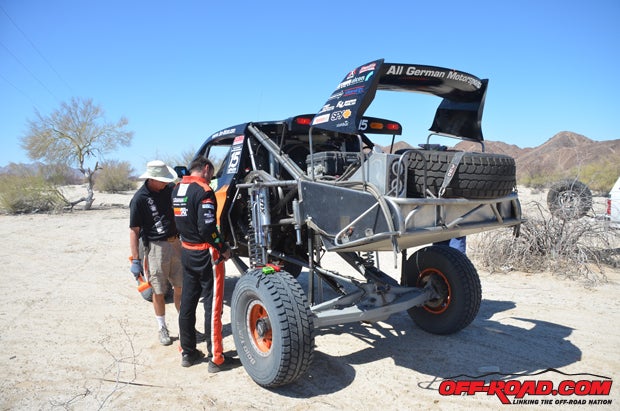Again...Great discussion.
We actually do agree...but we are looking at it differently.
My point really is NOT "Swaybar or NO swaybar" it is really... To "squat" or "Not to squat" the front end when pulling the sled on edge.
Sierra Cement or California Concrete is what I ride most often, unfortunately... similar to what you have in Whistler...but you have more pow for sure.
Last season, you ran the Z-Broz springs, no swaybar (more overall spring force than stock 100#'r)
This season, you are running a full Z-Broz package, no swaybar (more overall spring force than stock 100#'r)
One of the many questions that Z-Broz asks when they custom tailor your shocks is weather or not you plan to run a swaybar... your spring package will then be setup using that information as a factor in spring selection.
If you've removed the swaybar, but added more overall spring to each side... it will be netting you the SAME end result when you yank the sled up on edge. If you have NOT added more overall spring and removed the swaybar, you will be squatting the sled, giving up your suspension travel in the front and putting the nose/body of the sled down into the snow more.
I've had great discussions about this with Mark Holz, Nate/Ryan Zollinger, the engineers at Polaris, etc.
"If you pull the swaybar... add more spring." ... was the consensus.
A sled with 100# springs will be more plush, with or without a swaybar than a sled with 130# springs, with or without a swaybar going down the trail through the whoops up to the point where the shocks bottom out with equal quality valving respecting the spring forces in each.
Nor am I saying that you can't get a great ride without a sway bar. But you have to have it set up for that, like you did last season and you will again this year with your new exits. Your setup, without a swaybar, will probably be as stiff, each side, as one with a swaybar and lower force springs. You sled will not "squat" to one side when you reef it over any easier than a stock sled with stock shocks and weaker, stock, springs and a swaybar.
My point about running a swaybar holds, IMO, for a PRO RMK/RMK with stock springs or an aftermarket set of shocks with 100# springs (or lower air pressures on a Float)
With the FLOATS, If you pull the swaybar... Having one with the EVOL chamber is really a must so you can run stiffer main spring pressures without getting harsh towards the end of the shocks travel.
IMO, still, if you have STOCK 100# springs and you pull the swaybar so "you can sidehill better" you are in fact "squatting the front end" and not really doing anything productive.
A 36" front end will allow you to get it on edge more easily.
I'm not talking about better rides... nor trophy trucks that have insane amounts of travel. Trophy trucks ride through the desert at speed they way they do because they have in excess of 30" travel... Crazy.
Comparing that to a sled is like comparing algebra to chewing bubble gum, IMO.
UTV's as well.... Sleds are often more like a stand up jetski than a 4 wheel vehicle.
You don't actively navigate, as part of your daily regimen, a trophy truck or Holz equipped UTV with it "On Edge". Though, Yes... the UTV vid shows him getting a RZR on two wheels... kinda like Schwartzeneger in Twins...But that is not part of most extreme UTV driving.
Trophy trucks are super cool though... I remember going down to San Felipe for the SCORE races 25 years ago... and having a blast with test drives in the Class-8 Heavy metal trucks.... crazy to see where they've gone now!






